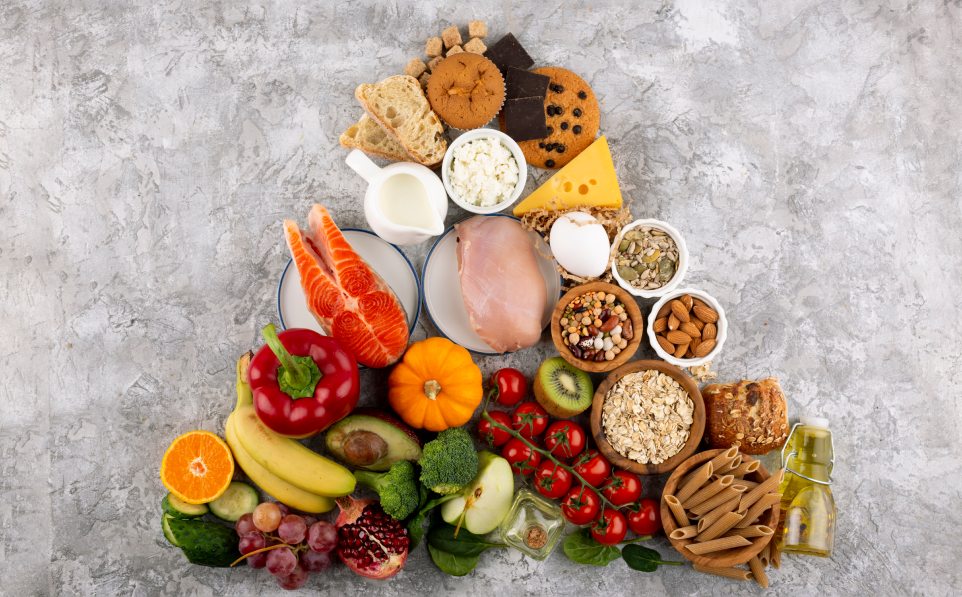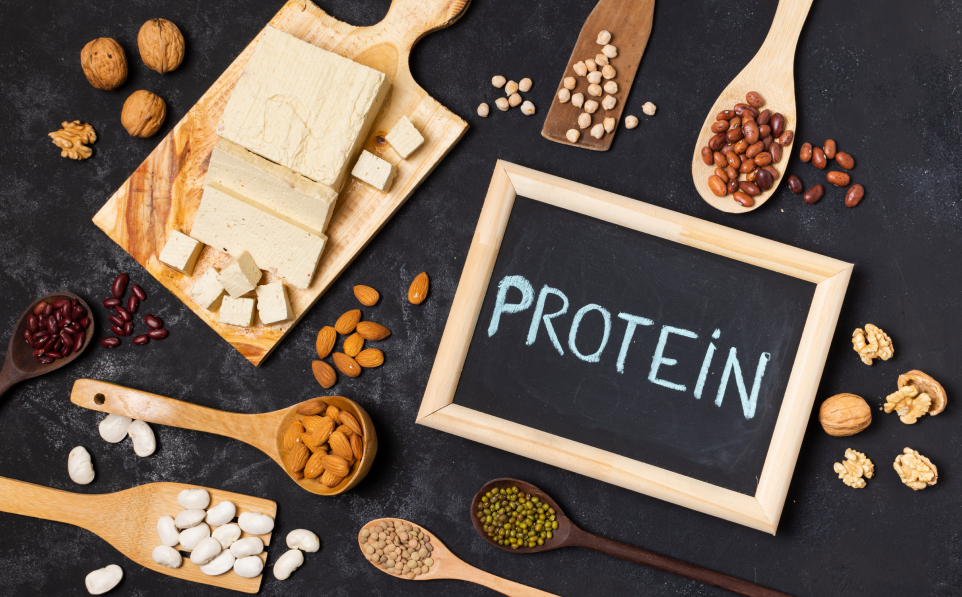Navigating the grocery store can feel like a minefield of confusing food labels. But understanding the information presented on these labels is crucial for making informed dietary choices that support your health. Let’s break down how to read nutrition labels like a pro.

- Understanding Serving Sizes on Nutrition Labels
- Carefully note the serving size and the number of servings per container. Many packages contain multiple servings.
- For example, a bag of chips might list one serving as 1 ounce, but the entire bag may contain 3 ounces.
- If you eat more than one serving, you need to adjust the nutritional information accordingly.
- How Calories Impact Your Diet
- Calories per Serving: This tells you the amount of energy provided by that single serving.
- Compare Calorie Levels: Use calorie information to compare similar products and choose lower-calorie options. This is particularly helpful when choosing between different brands of the same product (e.g., yogurt, cereal).
- Macronutrients Breakdown: Fats, Proteins & Carbs
- Total Fat: Look for lower amounts of total fat.
- Saturated Fat: Aim for low levels of saturated fat, as it can raise cholesterol levels.
- Trans Fat: Limit or avoid trans fats altogether. Trans fats are artificially created and have been linked to increased heart disease risk.
- Cholesterol: Pay attention to cholesterol content, especially if you have high cholesterol or are at risk for heart disease.
- Sodium: Be mindful of sodium content, as excessive sodium intake can increase blood pressure.
- Total Carbohydrates: This includes all sugars, starches, and fiber.
- Dietary Fiber: Aim for foods higher in dietary fiber, as it promotes digestive health, helps regulate blood sugar levels, and can contribute to a feeling of fullness.
- Sugars: Look for added sugars and limit your intake.
- Protein: Essential for Growth and Repair
- Protein: Protein is essential for building and repairing tissues, producing enzymes and hormones, and supporting a healthy immune system.
- Compare Protein Sources: Choose lean protein sources with lower fat content.
- Vitamins and Minerals
- Percent Daily Value (%DV): This tells you the percentage of the daily recommended amount of a nutrient that a single serving provides.
- 5% DV or less: Considered low in that nutrient.
- 20% DV or more: Considered high in that nutrient.
- Ingredients List:
- Read the Ingredients: Ingredients are listed in descending order by weight.
- The first ingredient is the most abundant in the product.
- Look for whole foods as the first few ingredients. For example, in bread, whole wheat flour should be listed before refined flour.
- Be wary of long lists of ingredients, especially those with many processed or artificial ingredients.
- Health Claims:
- Understand Health Claims: Be critical of health claims on food labels.
- Look for terms like “low-fat,” “reduced sugar,” “source of fiber,” or “good source of calcium.”
- Ensure the claims are accurate and supported by scientific evidence.
- Tips for Effective Label Reading:
- Compare Similar Products: Use the nutrition label to compare similar products and choose the healthiest option. For example, compare different brands of cereal to find the one with the lowest sugar content and highest fiber content.
- Pay Attention to Serving Sizes: Be mindful of the actual amount you are consuming, as it may be more than one serving.
- Consider Your Dietary Needs: Tailor your food choices to your individual dietary needs and health goals. For example, if you are watching your sodium intake, choose low-sodium options.
- Don’t Rely Solely on Labels: While nutrition labels are a valuable tool, they don’t tell the whole story. Consider the overall quality of the food and how it fits into your overall diet.
Understand the Serving Size: This is the cornerstone of the entire nutrition label. All the information provided on the label is based on this specific serving size.


Fat:
Carbohydrates:
Note: “Sugar” on the label can include both naturally occurring sugars (like those found in fruit) and added sugars. Focus on limiting added sugars, such as those found in processed foods, sweetened beverages, and desserts.





By mastering the art of reading nutrition labels, you can make more informed food choices that support your overall health and well-being.
Disclaimer: This information is for general knowledge and informational purposes only and does not constitute medical advice. Always consult with a qualified healthcare professional
for personalized dietary guidance.




